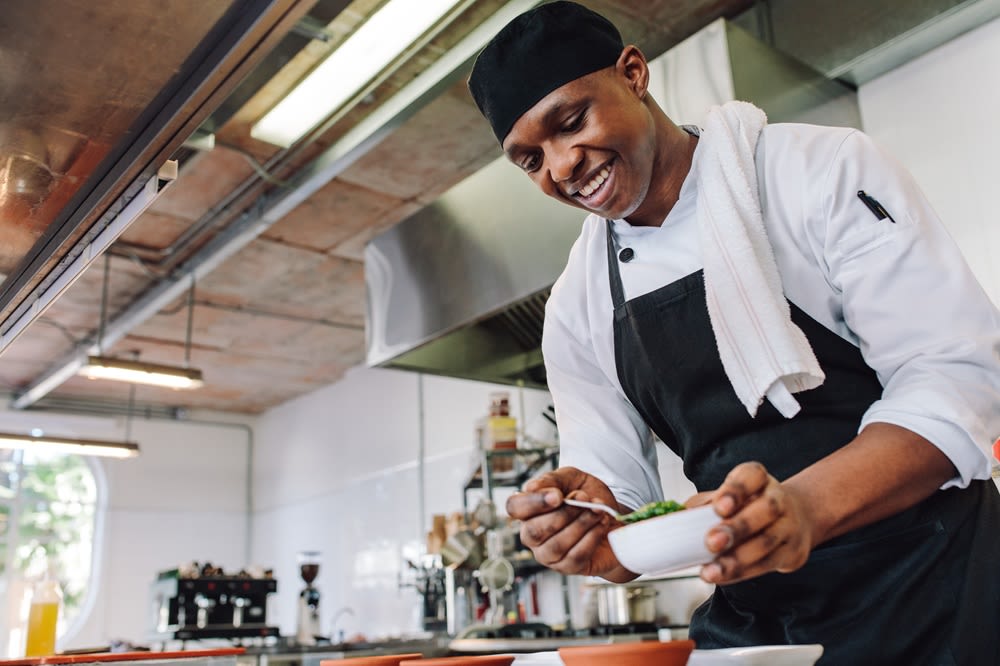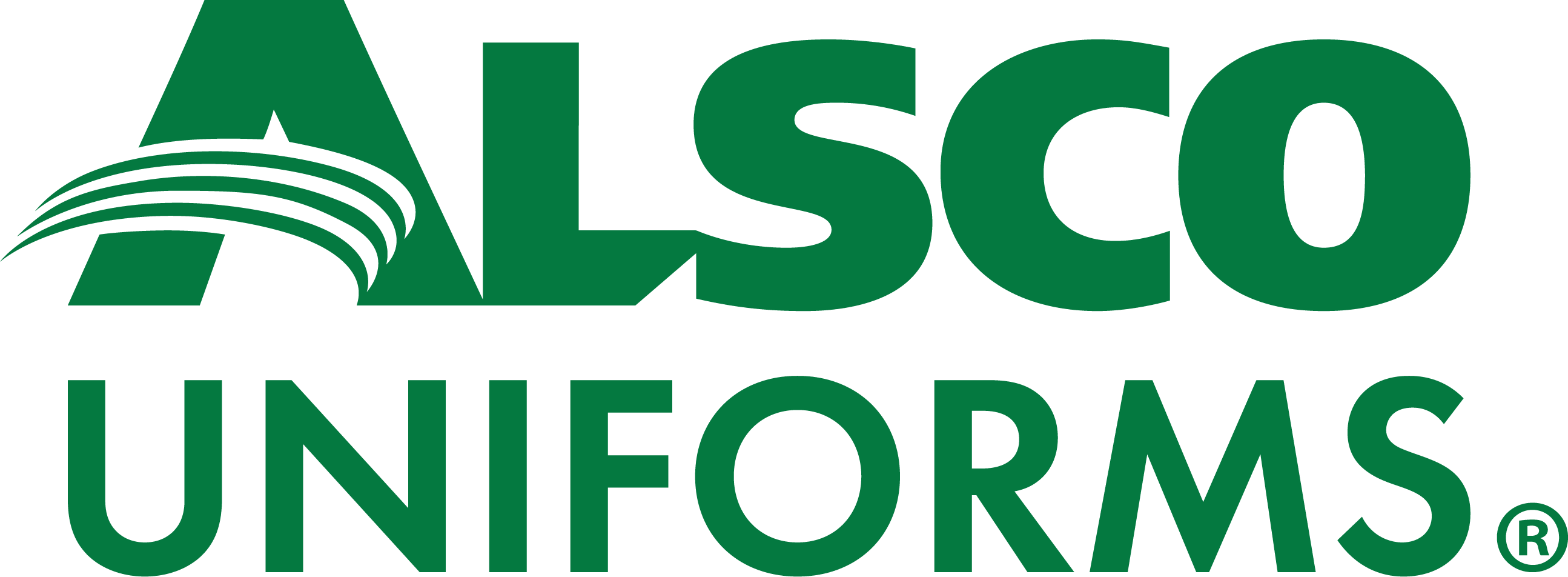
Work uniform dress codes often go overlooked until an issue occurs. Because writing one out and explaining the code to workers can usually be done in a short period of time, it's best to just do things right from the beginning to prevent any confusion or potential safety issues. Continue reading to see some of the best practices for writing up an effective chef dress code to keep your kitchen safe and professional.
What Makes an Effective Chef Dress Code Policy?
Restaurant dress codes have evolved over time roughly as follows:
Clarity
A good dress code should not leave room for interpretation. It should be very clear what is expected of the individuals to whom it applies. It is also worthwhile to make it clear why a particular standard is being set. Put more simply, employees should know what is expected of them, and if you explain why, it will help justify those expectations.
This doesn’t mean an employee can’t be given options when it comes to dressing, as appropriate. For example, there are many kinds of shoes that are safe for use in the kitchen. Assuming there isn’t an aesthetic you wish to set in that regard, you don’t need one type of shoe permitted in your policy. Instead, the types of shoes appropriate and inappropriate for chef’s should be listed, so a chef doesn’t have to do any interpretation of open-ended wording.
Utility
Kitchens can be hazardous places. They’re also places where people are at constant work, often on tasks that require somewhat strict timing. A chef’s dress code ought to reflect this.
The “standard” chef dress is typically a toque (or similar piece of headwear), coat, apron, loose pants, and slip-resistant shoes. Colors and patterns can also have utility. Some kitchens may code chefs of different tasks or levels of authority with different colors or patterns to help make it easy to quickly spot who should be doing what in a busy kitchen.
Important, in any role that involves food, food safety needs to be a major priority. Consider in what ways any dress code might help or hinder a chef’s role to safely and effectively prepare food for customers.
Aesthetic
The level to which a kitchen prioritizes aesthetic can vary. In many kitchens, a chef who is dressed safely and isn’t messy to the point of it being a health hazard might be enough, but many other kitchens hold chefs to a higher standard. It’s especially important in kitchens that may be more visible to customers that staff look professional.
In many cases, it's a business rather than the individual that will be equipping a worker with the clothes needed to maintain this professional aesthetic. For example, a worker might be required to bring their own pants and shoes, but their coat, apron, and toque might be provided. Whatever the case, a business should consider what sort of aesthetic it wants in its kitchen, and either equip chefs or have them equip themselves in a way appropriate to that aesthetic.
Fairness
It might seem simple, but it’s important to note that a dress code ought to be fair to workers. For the most part, workers of any race, creed, religion, or gender should be bound by the same dress code. In many cases, this might also be required by law. There may be someexceptions, such as certain exemptions to a dress code granted to people of particular faiths, but many of the most common of these exceptions aren’t usually relevant in a kitchen.
When in doubt, you should research the applicable laws and consider contacting a legal professional. This is especially important if you are unsure whether an exemption or modificationtypicallypermitted to somebody by law might interfere with health or safety regulations.
Enforcement
The penalties for failing to follow a dress code should rarely be severe, but it’s important if your company intends to set a dress code to actually enforce it. This comes back to both clarity andfairness, First, it should be clear to workers what is and isn’t optional.
Additionally, those actually following your rules shouldn’t feel there are other workers permitted to simply notfollow those rules. If you want chefs and other kitchen staff to dress a certain way, require that they all do so. If there are exceptions or multiple types of permitted attire, mention that in your dress code so it becomes official policy.
Consult Staff Members
It’s worth noting that the individuals most impacted by a policy can also help inform what the ideal version of that policy looks like. Talk to workers about how your current dress code policy suits their needs and if there are any ways they think it might be improved. These suggestions don’t have to be mandated but if enough employees are bringing up the same points, they’re at least worth considering.
How Alsco Uniforms Can Help
An effective chef dress code is thorough, but not complicated. It should cover the restaurant uniform a chef is expected to wear in the kitchen and explain them in such a way that a chef reading the policy is unlikely to be confused or misunderstand what is required of them. A policy will also benefit from explaining why the dress code is set the way it is and what consequences can occur if a chef fails to follow the code.
At Alsco Uniforms, we offer rentals for workwear of all types, including for kitchen roles. With our uniform cleaning services, we handle uniform maintenance and inventory for you, so you don’t have to worry about this aspect of running your restaurant. If you’re interested in redesigning your dress code, check out our site to see how we might help equip your team or talk with us directly over the phone or through our contact form.
References
The Fascinating History of the Chef’s Uniform. Culinary Institute of America.
